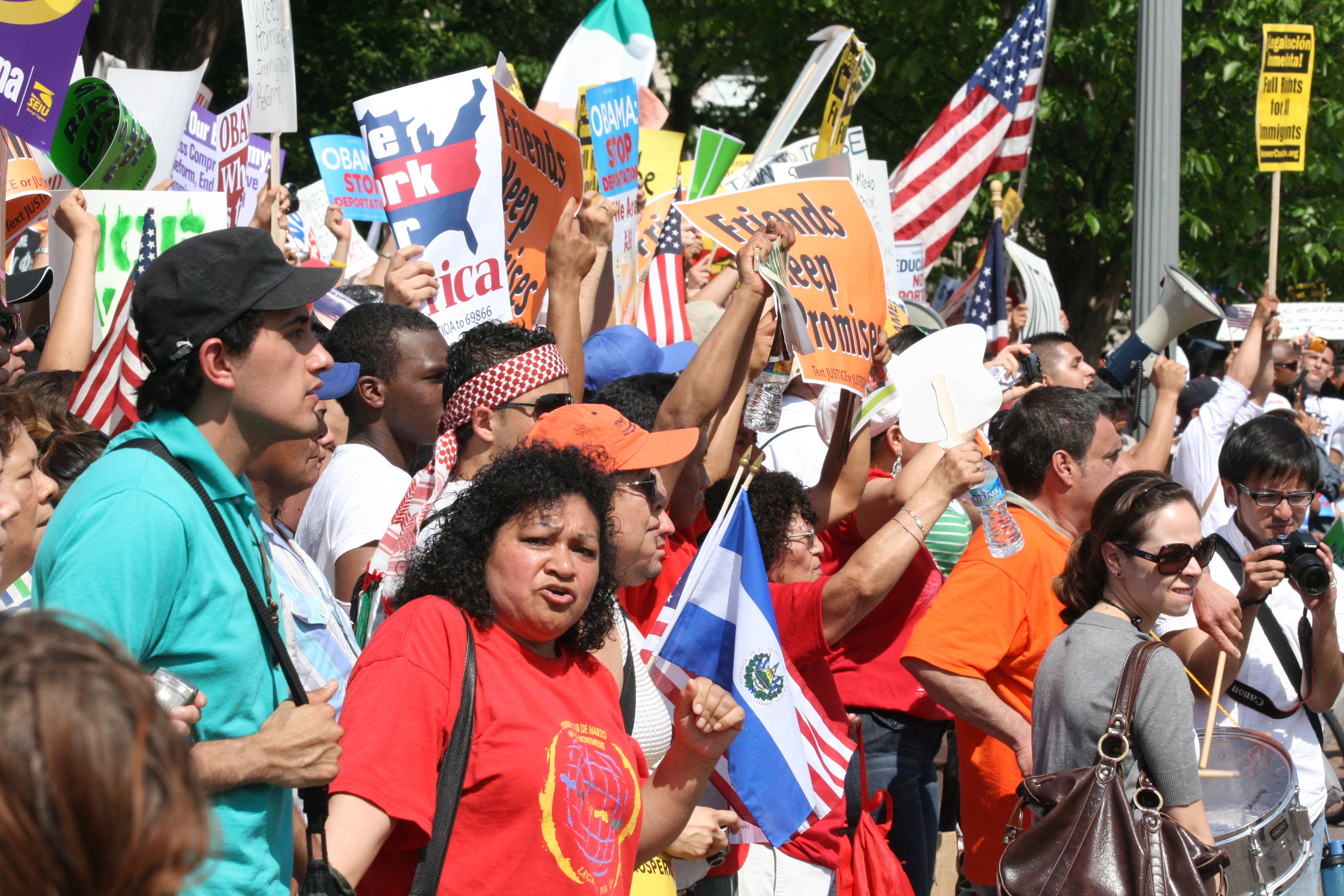The key conclusion of the “Second Holy See – Mexico Conference on International Migration” is the need for continued progress on the UN’s Global Pact for Safe, Orderly and Regular Migration.
That, in the form of several conclusions, came out of the June 14, 2018, conference promoted by the Section for Relations with States of the Secretariat of State and by the Embassy of Mexico to the Holy See, with the collaboration of the Pontifical Academy of Sciences and the Migrants and Refugees Section of the Dicastery for Promoting Integral Human Development, which took place in the Vatican, at the Casina Pio IV.
In his message to the conference participants, Pope Francis stressed the importance of persons in the migration debate, that it isn’t just about numbers.
“I would like to point out that the issue of migration is not simply one of numbers, but of persons, each with his or her own history, culture, feelings, and aspirations…,” the Pope said.
“These persons, our brothers, and sisters, need “ongoing protection”, independently of whatever migrant status they may have,” the Pope continued. “Their fundamental rights and their dignity need to be protected and defended. Particular concern must be shown for migrant children and their families, those who are victims of human trafficking rings, and those displaced due to conflicts, natural disasters, and persecution.”
“Today, unfortunately, we see that increasingly pressing and complex challenges characterize the migration phenomenon, while many of the problems that we are discussing in our time still remain without an adequate response,” Cardinal Pietro Parolin, Vatican Secretary of State, told the group in his remarks. “To these challenges [as we have heard] as response was sought, in 2016, by the member states of the United Nations with the New York Declaration, undertaking paths of dialogue, consultation, and negotiation, both in the area of responsibility that each one has about the protection of refugees, and in the shared management of the migratory phenomenon in general.”
The following are the conclusions of the conference, provided by the Vatican:
The «Colloquio on International Holy See Migration – Mexico» that we held today is a continuation of the one held in the Mexican Chancellery in July 2014 on International Migration and Development, at the end of which it was agreed to hold a new edition at the Vatican.
The 2018 edition of the Colloquium examined three main themes: (1) progress and implications of the Global Pact for Safe, Orderly and Regular Migration; (2) migration and development in the perspective of the Global Compact; and (3) migration and media in the light of the Global Compact.
At the end of the Conference, we can highlight the following conclusions together:
– In the Message addressed to the participants, the Holy Father Francis has encouraged us in our task and effort so that the responsibility for the global and shared management of international migration finds its strong point in the values of justice, solidarity, and compassion. The Holy Father stressed that the fundamental attitude is “to go out to meet the other, to welcome him, to know him and to recognize him”.
– The Government of Mexico reaffirms its commitment to ensure that the Global Pact for a Safe, Ordinary and Regular Migration is an instrument for transforming short-term and introspective visions into broad and human perspectives.
– For its part, the Catholic Church in Mexico has decided to commit herself to migrants, putting into practice the four verbs set out by Pope Francis on World Migrant Day 2018 – to welcome, to protect, to promote and to integrate – promoting the culture of encounter.
– We agree on the importance of understanding the complexity of contemporary migratory movements that have multiple causes, and which are often determined by situations of conflict, natural disasters, poverty and the search for better living conditions and opportunities. Children are those who suffer most the consequences of forced migration. The challenges generated by these flows must be effectively met, by balancing the principles of solidarity, subsidiarity, and co-responsibility.
– We agree on the need to insist on the centrality of the human person in every political exercise, including those aimed at regulating migration flows, reaffirming the inviolability of human rights and the dignity of every human who moves.
– We agree on the appropriateness of committing to a global governance of migratory flows, founded on the co-responsibility of all institutional and private actors, in order to ensure safe, orderly and regular migration for the benefit of all the people concerned, and to help generate the conditions for migration to be a voluntary decision and not a necessity.
– For this reason, we wish to actively contribute to the process that will lead the United Nations to adopt a Global Pact for Safe, Regular and Orderly Migration this year. Likewise, considering the complexity of contemporary migratory flows, we believe that it is important to insist on the appropriateness of harmonizing this pact with the World Refugee Pact.
– We are committed to promoting the fulfillment of the necessary conditions for all migrants to enrich receiving societies with their talents and, at the same time, to contribute to sustainable development at local, national, regional and global levels.
– We ask all media that contribute, according to their possibilities, to disseminate certain and proven information on migratory flows and to dispel that which generates only negative perceptions of migrants.
Vatican City, 14 June 2018.

WIKIMEDIA COMMONS - Arasmus Photo
Holy See, Mexico Affirm Need for Progress on Global Pact for Safe, Orderly and Regular Migration
Conclusions of the ‘Second Holy See – Mexico Conference on International Migration’


